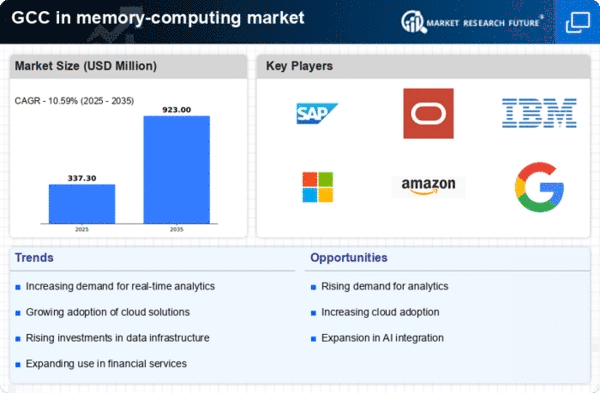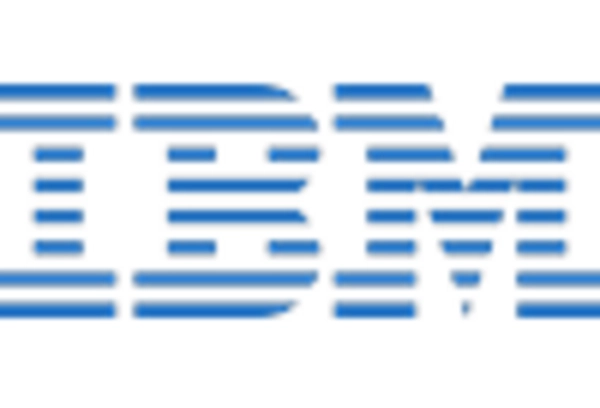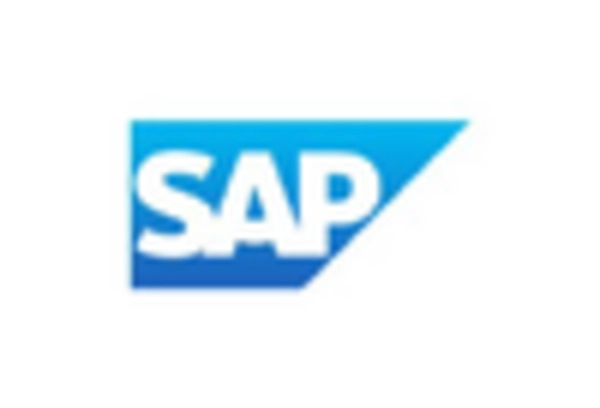GCC In-Memory Computing Market Segment Insights
In-Memory Computing Market Application Insights
The Application segment of the GCC In-Memory Computing Market plays a vital role in the overall growth and development of the industry, as businesses across various sectors recognize the need for efficient data handling and processing capabilities. In the region, the demand for Data Analytics has surged due to organizations striving to leverage large volumes of data to gain actionable insights, improve decision-making processes, and enhance operational effectiveness. Real-Time Data Processing stands out as another key area, catering to industries where immediate data analysis is critical, such as telecommunications and finance, allowing organizations to respond swiftly to changing market conditions and customer preferences.
Financial Services also significantly utilize In-Memory Computing to streamline transactions and enhance customer experiences by enabling faster processing times and real-time risk assessment. E-Commerce platforms have increasingly adopted In-Memory Computing solutions to manage customer data, inventory, and order processing in real-time for improved user experiences and operational efficiency. Meanwhile, the telecommunications sector has embraced In-Memory Computing to manage vast amounts of data traffic and improve service delivery, which is crucial for maintaining customer satisfaction and a competitive edge.
Each of these applications contributes uniquely to market dynamics, addressing distinct operational challenges and emphasizing the importance of In-Memory Computing in driving the digital transformation across the GCC region. The interplay of technological advancements and the growing need for optimized data management solutions presents substantial opportunities within the Application segment, as businesses look to innovate and enhance their offerings in an increasingly data-driven economy.

Source: Primary Research, Secondary Research, MRFR Database and Analyst Review
In-Memory Computing Market Deployment Model Insights
The Deployment Model segment of the GCC In-Memory Computing Market showcases a variety of options, including On-Premises, Cloud-Based, and Hybrid models. Each of these models plays a crucial role in accommodating the diverse needs of businesses across the region. On-Premises solutions provide organizations with greater control and security for their data, making it particularly appealing for sectors that deal with sensitive information, such as finance and healthcare. On the other hand, Cloud-Based deployments offer flexibility and scalability, allowing businesses to leverage resources without the need for significant upfront capital investment.This model is gaining traction in industries that prioritize agility and cost-effectiveness.
Meanwhile, Hybrid deployment options strike a balance between the two, allowing businesses to optimize their operations by combining the strengths of both On-Premises and Cloud environments. As organizations in the GCC region increasingly pivot towards digital transformation, these Deployment Models will become integral in driving efficiency and innovation. Market trends indicate that businesses are adopting these models to respond more effectively to rapid changes and to capitalize on opportunities for growth within the GCC In-Memory Computing Market.
In-Memory Computing Market Technology Insights
The Technology segment of the GCC In-Memory Computing Market showcases significant advancements and a robust ecosystem. Database Systems, a critical component, enable faster data retrieval and processing, which is essential for businesses that require real-time analytics and immediate decision-making capabilities. Data Grid Systems enhance performance by distributing data across multiple server nodes, ensuring high availability and reliability, making it appealing for enterprises looking to optimize their IT infrastructures. Stream Processing is gaining traction by allowing organizations to handle continuous data streams in real time, which is vital for sectors like finance and telecommunications that rely on immediate insights from big data.
Machine Learning is a transformative force within this segment, as organizations leverage advanced algorithms to derive predictive insights from large datasets, enhancing operational efficiency and driving innovation. As the GCC region continues to invest in digital transformation initiatives, these technologies play an integral role in fostering competitive advantages across industries, supporting the broader objectives of smart city plans and digital economies as outlined in various national visions. The GCC In-Memory Computing Market demonstrates considerable promise, driven by these key technological innovations that support the region's aspiration towards a digitally integrated future.
In-Memory Computing Market End Use Insights
The GCC In-Memory Computing Market exhibits significant dynamics across various end-use segments, reflecting the region's diverse economic landscape. The Banking, Financial Services, and Insurance (BFSI) sector remains a critical driver, as organizations seek faster transaction processing and enhanced data analytics capabilities to improve customer service and operational efficiency. In Retail, businesses leverage in-memory computing technologies to optimize inventory management, personalize customer experiences, and analyze purchasing trends, thus enhancing revenue growth.The Healthcare industry is increasingly adopting these technologies for real-time patient data access and analytics, which are vital for improving patient outcomes and streamlining operational processes.
In Manufacturing, in-memory computing aids in real-time data mining and analytics, enabling enhanced supply chain management and production efficiency. Telecommunications companies also benefit, utilizing these solutions to manage vast data traffic and improve service delivery. With ongoing digital transformation across these sectors, the GCC In-Memory Computing Market segmentation is set to see considerable development, driven by the need for agility, efficiency, and data-driven decision-making in an increasingly competitive environment.


















Leave a Comment